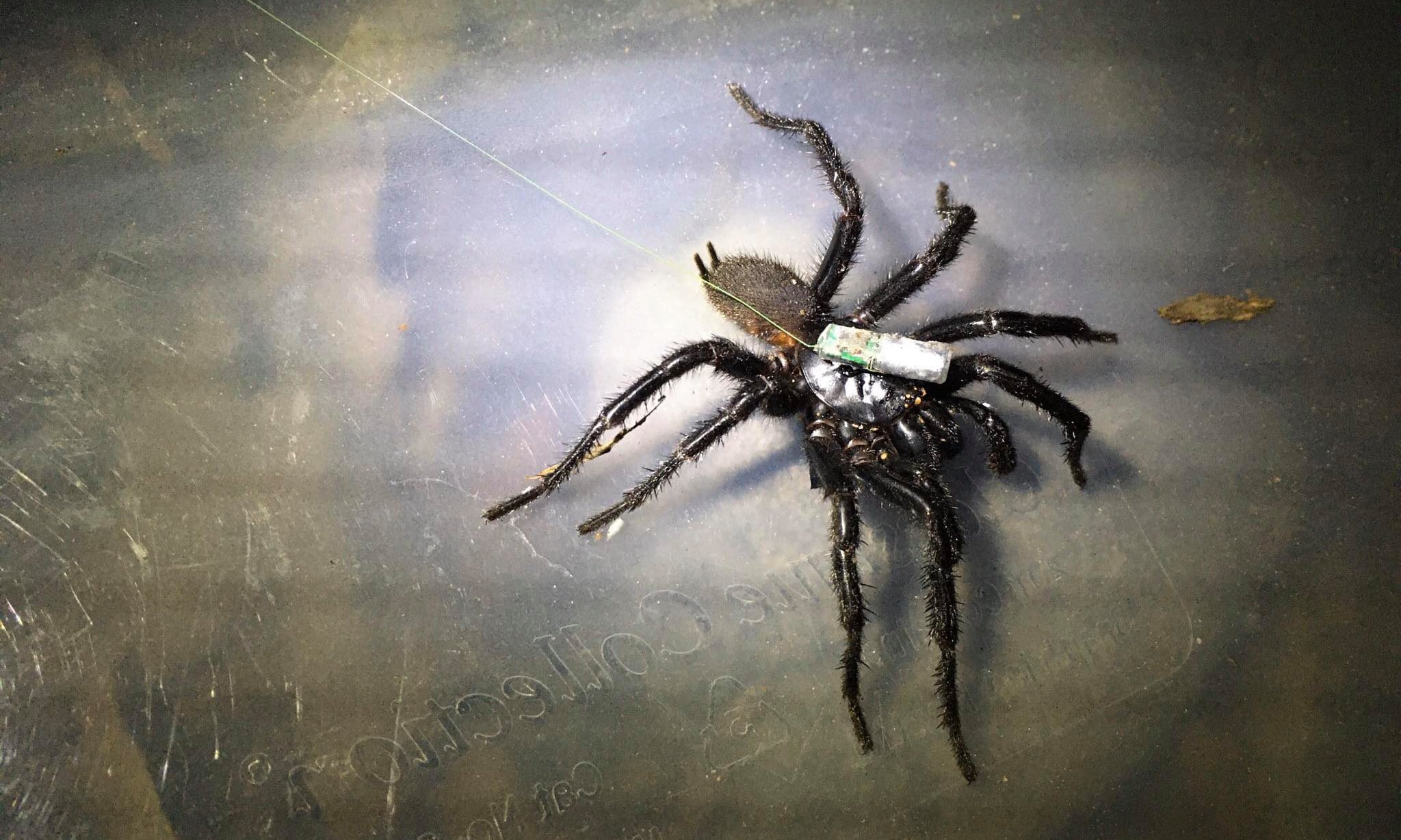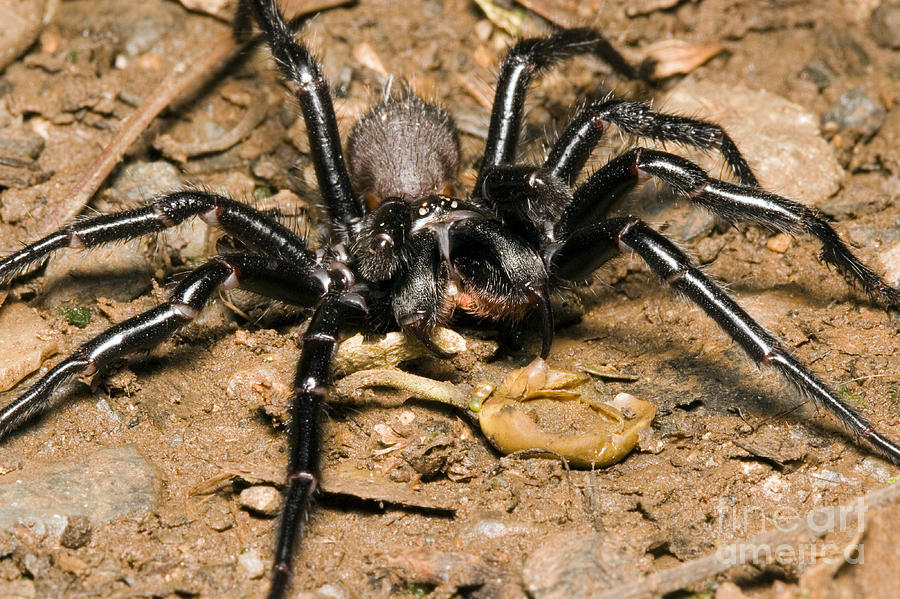

Without corroborating evidence, it was widely ridiculed by scientists as being “myth” for the next 150 plus years. This appears to be the first image of a predation event involving a New World theraphosid spider and birds as prey. Maria Sybilla Merian’s plate from Metamorphosis Insectorum Surinamensium published in 1705, shows an Avicularia avicularia posed by a small nest with eggs, and eating a bird. All three families have species that routinely feed on small vertebrates, a fact which, I think, all of us can agree prompts a rather unsettling feeling that seeing spider-and-fly interactions does not. Much of this article will focus on New World theraphosid, ctenid and lycosid spiders, commonly referred to as tarantulas, wandering and wolf spiders. Colombia is the center of species diversity for the genus, with well over 50 species reported for the country. Males differ so radically in appearance from their mates that it can be a challenge to identify them (Magalhaes et al., 2017). In particular, female spiders of the genus Micrathena (spiny orb-weavers) that extends from southern Canada to Bolivia and Argentina exhibit some truly fantastic abdomen designs among its species that make them popular nature calendar subjects. Engineers, microbiologists and biochemists continually look to spiders, their webs and their venom for inspiration to develop new products and compounds.īizarre body ornamentation and bright, metallic colors are common in many Neotropical spider families, including jumping spider (Salticidae) and orb-weavers (Araneidae), making them attractive subjects for visiting photographers. Despite their well-deserved reputation for cannibalism, some species are now known to be semi social or even colonial. Brazilian wandering spiders ( Phoneutria), six-eyed sand spiders ( Sicarius) and Australian funnel-web spiders ( Atrax and Hadronyche) provide an endless supply of internet clickbait. Crab spiders (Thomisidae) amaze us with their floral mimicries.

SYDNEY FUNNEL WEB SPIDER PREDATORS SKIN
Black widows ( Latrodectus) dispense both excuses for unexplained, persistent skin ulcers as well as easy metaphors for crime fiction writers. Tarantulas often show vividly contrasting or metallic colors (mostly blues and violets), females are usually long-lived (to ~20 years), and some species exhibit remarkable physical abilities and learning behaviors.

This is a fascinating group of arthropod predators (although one remarkable Mesoamerican jumping spider species– Bagheera kiplingii–is a sometime vegan) that includes some incredibly beautiful animals.

This uneasy relationship with them does not, however, negatively bias my opinions about spiders when they’re not skating over my forearm or neck. Despite being (usually) innocuous, very interesting and complex critters, I have never been entirely comfortable sharing my close personal space with spiders if I’m not calling the shots. I must admit that, even after working with tarantulas, scorpions, amblypygids and sundry other strange arachnids over the years both in the field and in captivity, large spiders still give me a small case of the willies. There are even some who not only claim to “love” their stand-offish pets but also give them names. You betcha! While most of the world either fears, loathes or are indifferent to them, there are a surprising number of folks around the globe that collect live exotic spiders in their homes. The first-hand account by Henry Walter Bates that inspired this illustration was the first real evidence provided by a respected naturalist that many theraphosid spiders will prey on birds and other small vertebrates. Shown above, Edward William Robinson’s classic engraving of an Avicularia avicularia feeding on birds in “The Naturalist on the River Amazons” (1863).


 0 kommentar(er)
0 kommentar(er)
